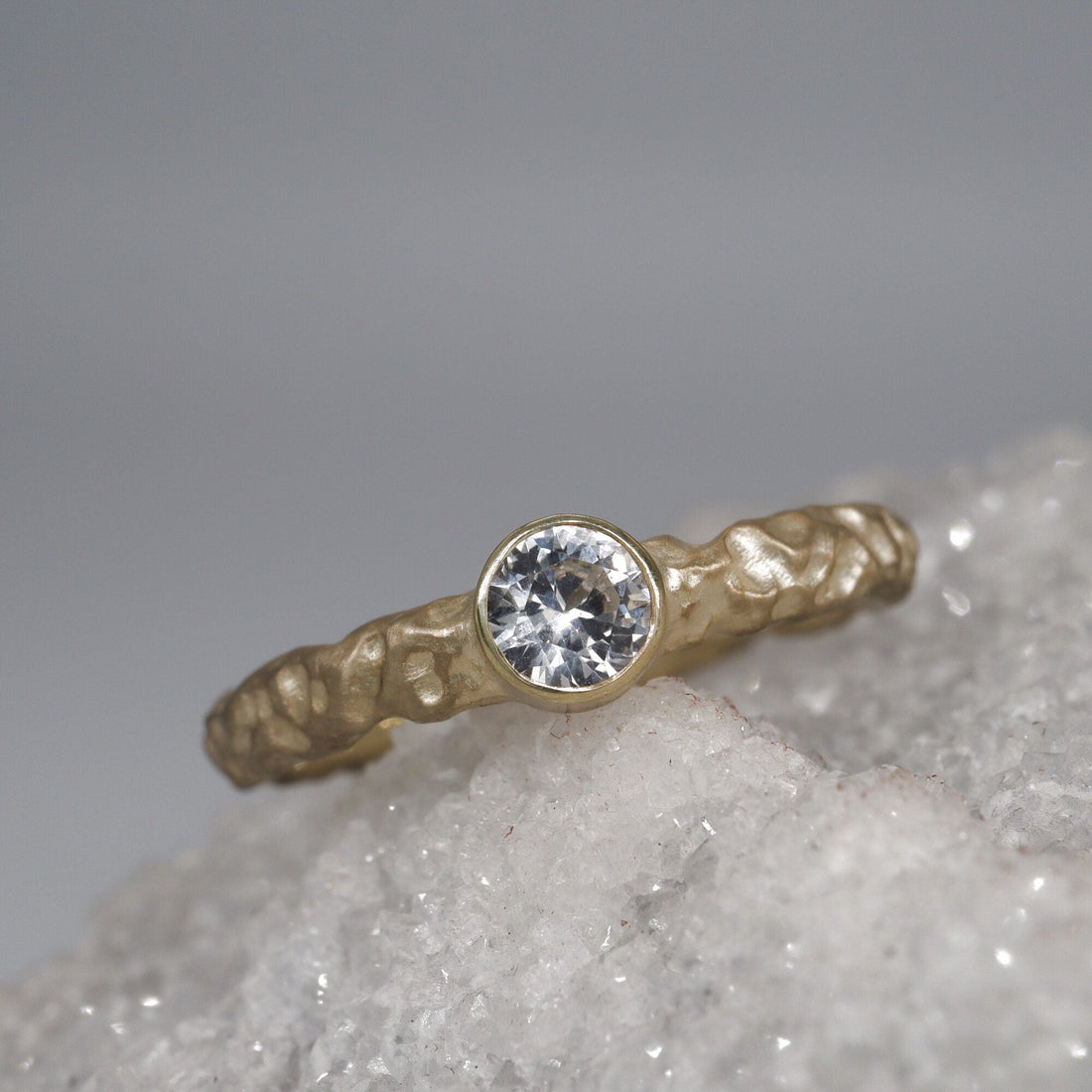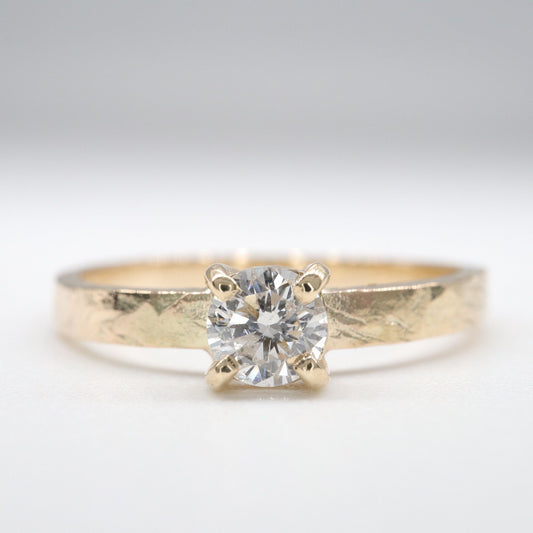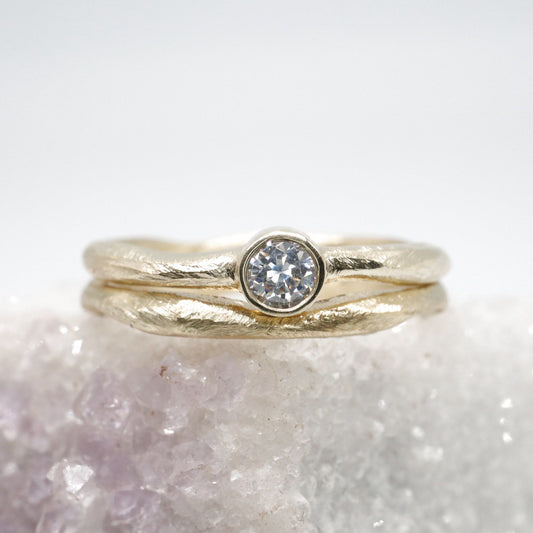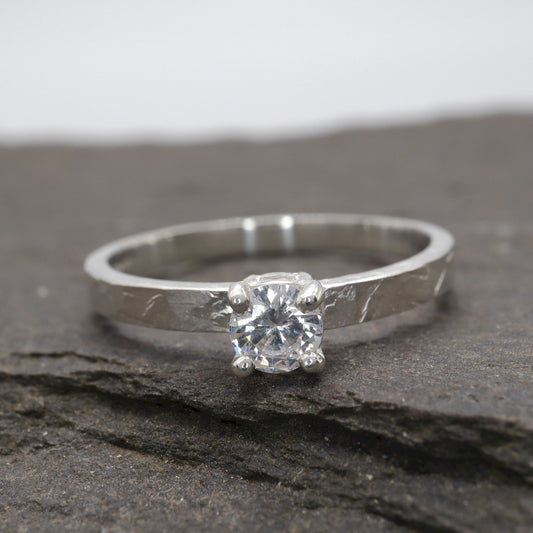
The origins of the Engagement Ring
The engagement ring—a sparkling emblem of love that twinkles through cultures worldwide. Sure, we think of it today as a shiny diamond perched on a finger, but the roots of this beloved tradition stretch back thousands of years, twisting and turning through history like a winding river...
Ancient Echoes
Picture this: ancient Egypt, where love was celebrated with rings crafted from braided hemp or reeds. Couples would slip these simple bands onto the fourth finger of the left hand—why? Because they believed that finger housed the *vena amoris*, or the “vein of love,” a direct line to the heart. Isn’t that just poetic?
Then came the Romans, who took a more practical route. Their betrothal rings, often fashioned from iron, symbolized strength and durability. These weren’t just romantic tokens; they were legal contracts, marking a woman’s shift from her father’s realm to her future husband’s. A heavy responsibility, to be sure.
The Middle Ages: A Touch of Romance
Fast forward to the Middle Ages, when the engagement ring began to shimmer with romantic allure. The year was 1477—Archduke Maximilian of Austria proposed to Mary of Burgundy with a diamond ring shaped like an “M.” This wasn’t just a ring; it was a revolution, igniting a trend among the European elite.
Engagement rings transformed into lavish displays, adorned with gemstones, personal inscriptions, or even tiny portraits. They became more than mere jewelry; they were symbols of love, fidelity, and—let’s be honest—wealth. A real status symbol, if you will...
Renaissance and Victorian Flourishes
The Renaissance era added a dash of personalization, introducing posy rings—bands inscribed with romantic verses. Imagine reading sweet nothings in French or Latin, like “A token of love” or “Unite our hearts.” How charming!
Then came the Victorian era, where sentimentality flourished. Rings morphed into intricate designs featuring hearts, flowers, and even locks of hair. Queen Victoria herself wore a serpent-shaped ring with an emerald head (her birthstone), sparking a trend for rings that told stories—each one a little piece of art.
The Diamond Revolution
Diamonds had been around since the 15th century, but it wasn’t until the 20th century that they became the go-to choice. Enter 1947—De Beers launched their legendary campaign with the line, “A Diamond is Forever.” Suddenly, diamonds were synonymous with eternal love, and consumer habits shifted dramatically. By the 1950s, diamond engagement rings were practically a rite of passage in Western culture.
Contemporary Choices
Today, engagement rings dazzle in a myriad of styles and stones. While diamonds still reign supreme, many couples are breaking the mold, opting for sapphires, emeralds, or even lab-grown diamonds. It’s not just about tradition anymore; personal expression and ethical choices are now at the forefront, with custom designs and vintage finds gaining popularity.
From humble reeds to breathtaking masterpieces, the engagement ring has traveled a remarkable path. It has morphed from a sign of ownership and legal ties into a cherished emblem of love and individuality—an ever-evolving symbol that resonates with each new generation.
So, what will your ring say about you?
See our engagement rings here.



